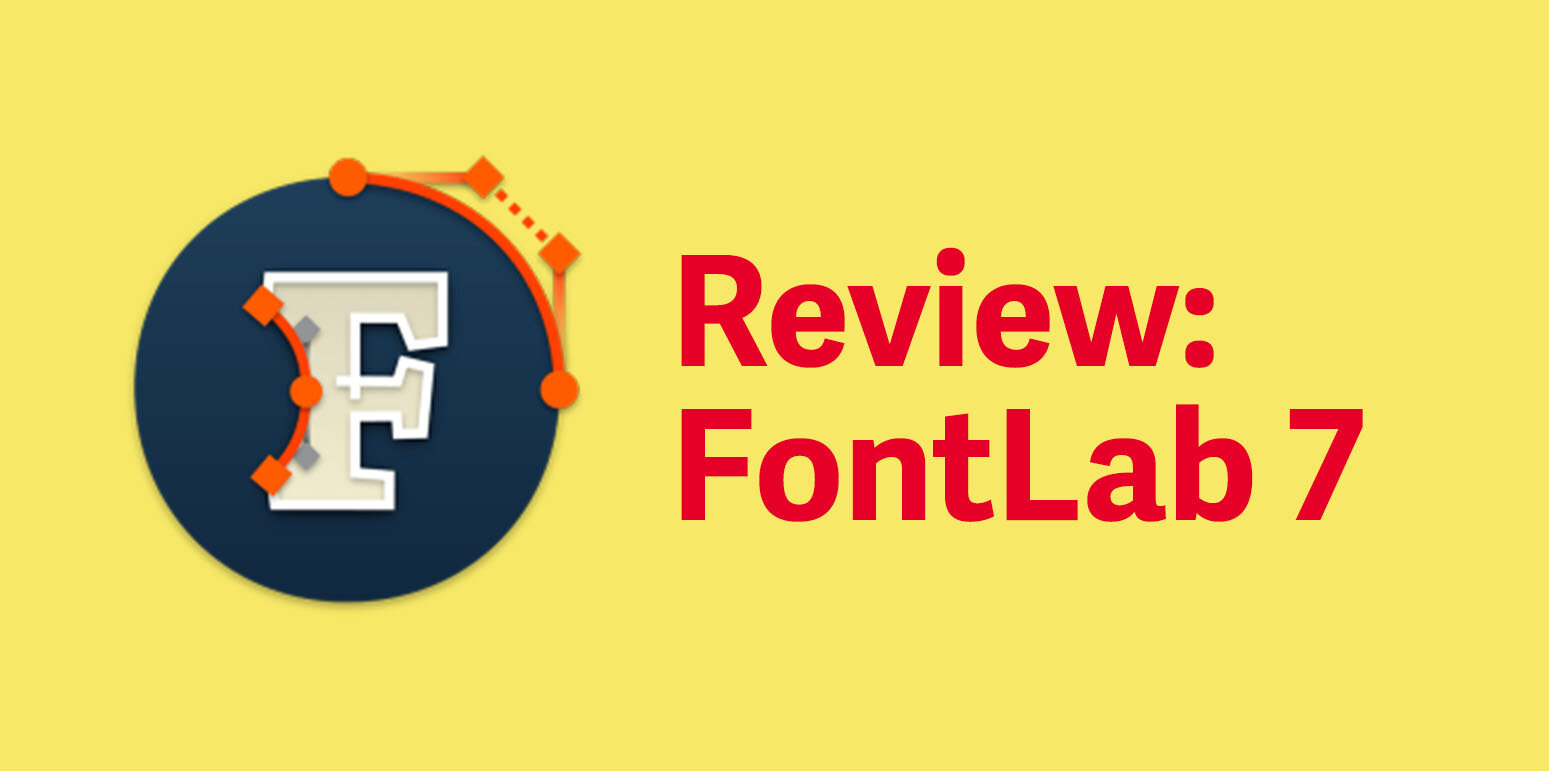Breaking down Typographic Inspiration
Existing typefaces often are one of the biggest sources of inspiration for designing a new typeface. Typographic inspiration can not only inspire the shapes and forms of letters but can be less obvious characteristics like weight, height, width, etc. Analyzing existing typefaces can help in the design process or when designing for a script that you can't read. Analyzing existing typefaces offers a deeper understanding of how type is constructed.
While there is no one way to examine type for inspiration these two of my favorite ways to dissect typographic inspiration for my own designs. It is important when using existing type as inspiration to make sure that you are not copying someone else's work, instead, it is important to use features or the feel as inspiration for your design. The methods I use aim to dissect different aspects of a typeface for inspiration without copying what already exists.
The first step is to understand why you are choosing a specific reference piece. Why are you drawn to this source? What specific parts of the letters do you like? Your inspiration should directly relate to what you are trying to design. If you are wanting to create a Transitional typeface, it is important that you are looking at a transitional typeface for inspiration (Baskerville for example). You want to make sure that your inspiration aligns with your goals in order to ensure that when you begin to design you aren’t creating something different than what you intended.
Re-sketching Method
The first method I use is to keep sketching your inspiration in order to abstract the specific parts you like without copying. I like this method of sketching because it also helps me flesh out the rest of my ideas while I am learning from my inspiration.
Sketch While Looking
I will sketch the inspiration I found while looking directly at it. During this step sketch the source material as close as possible, without tracing it. Feel free to change parts of the original design that you don’t like, but try to sketch the aspects that drew you to the specific type as faithfully as you can.
Sketch Without Looking
Next, I will put all of my reference material away, including the sketch I made during the first step. Then from memory, I will try and redraw what I drew before. By not being able to look at your original drawing or the reference material the drawing you come up with is going to be different while typically keeping the features and ideas that drew you to the inspiration in the first place.
Re-sketching and Tweaking
Finally I will take the drawing that I did in step two and tweak and refine it. Either by redrawing, tracing over, or adjusting with pencil or white. I will adjust until I have the design that I want. This often is the longest step.
By continuously redrawing and tweaking the drawing without being able to look at the inspiration after step 1 helps ensure that the design is different enough that you aren’t copying the inspiration while maintaining the look and feel. Feel free to make changes to this process or adjust to what feels natural and right to you.
Dissecting a typeface
Image 1: Breaking down the Hebrew script.
This second method is particularly helpful for beginners, as well as for designing scripts you don't speak. This method dissects the key characteristics of a typeface so you can better understand how each shape is designed. For this process, I will often look at 3 or 4 typefaces for inspiration (Image 1). Comparing a few different typefaces can offer insight into the aspects that are consistent across all of them and which parts are just characteristics of a design.
Typically I will type out all of the letters and then compare them across typefaces. I begin by equalizing the x-height across all of the typefaces, this allows me to directly compare the different aspects of the typefaces on a one to one ratio. It is important to make sure that you are making direct comparisons in order to directly establish what are unique features to the typeface and what are universal aspects.
I will then compare the widths of the letters, ascender and descender heights, and anything else that I need to look at. Creating guides of these different characteristics across the different typography samples identifies the similarities and differences. Most typefaces have similar proportions, so this method will allow you to see the standard proportions across a range of typefaces; which is why this is a great method for scripts you can’t speak.
Doing this process for a script you can’t read can be really helpful when wrapping your head around the different characteristics of a typeface. For example, in Image 1 I am breaking down Hebrew. One of the key characteristics is that all of the letters fit into one of three different widths. So when I design Hebrew I know to maintain these proportions because they are standard across all typefaces.
Conclusion
These are just two few different ways that I like to break down typefaces and typographic inspiration. It is by no means the only ways to take inspiration from materials. There is no right or wrong way to find inspiration in typography. The only thing to keep in mind is making sure that you aren’t copying someone else's work directly and using it as your own.









In a previous article, I highlight great free fonts available for download. Unfortunately, not all of the fonts can be used for commercial projects. So here is a list of the best free fonts you can download that are free for all use case scenarios (print, digital, commercial, etc.)